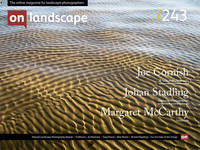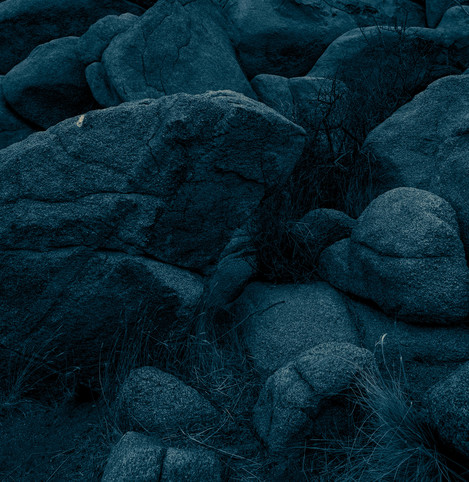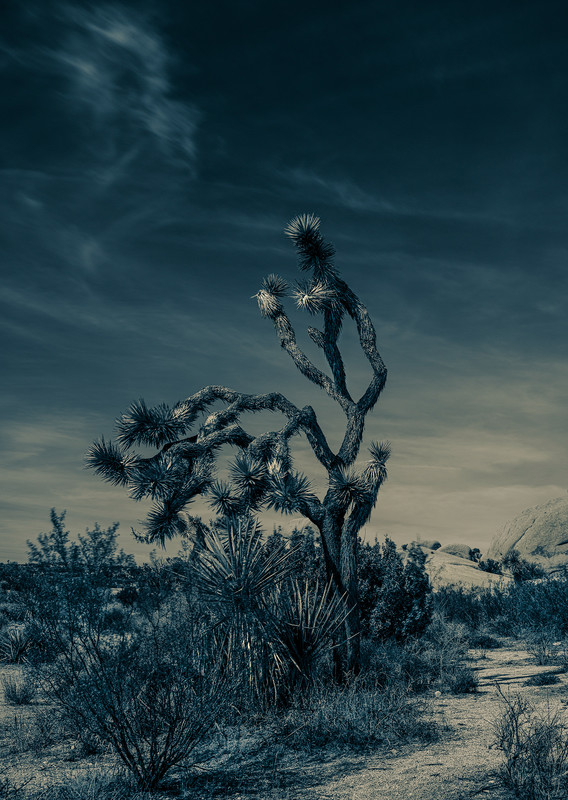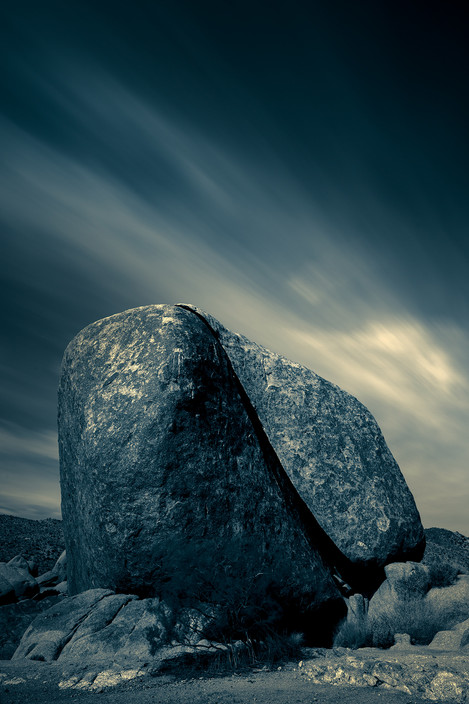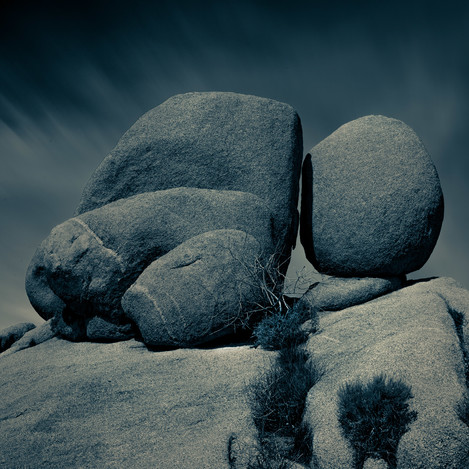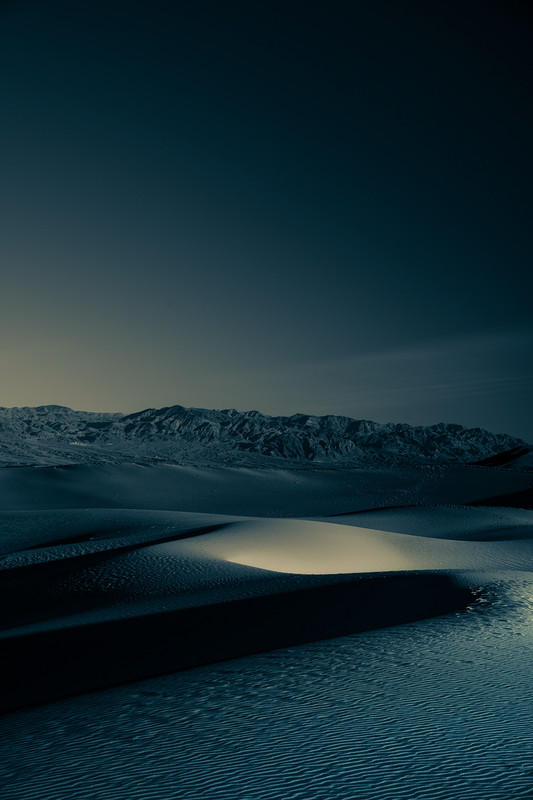Desolation & sorrow

Greg Piazza
Greg Piazza of Dallas, Texas “@the_dallas_artist” is an award winning photographer and painter frequently featured in online contemporary and fine art publications. Since 2004 he has won several national awards including The National: Best of Contemporary Photography 2018 and 2017 Fort Works Art, 40 Under 40. Greg’s exhibition history includes exhibitions in Dallas, Fort Worth, New York, Scottsdale, Naples, Denver, Ann Arbor, Fort Wayne, and Waterbury. His artworks has been collected by the Fort Wayne Museum of Art, Mattatuck Museum, and numerous private and corporate collectors.
In 2007, Greg became interested in how our environments shape our thoughts and emotions and set out to photograph these scenes to later reflect upon in his paintings. In addition to his self-taught creative style, Greg has worked with Alan Ross on fine-tuning his approach to processing and printing. Alan is an internationally respected master photographer and educator who worked side-by-side with Ansel Adams as his photographic assistant.
COVID-19 has touched all of our lives in different ways. It has changed how we interact with each other, how we communicate with family and co-workers, how we spend our leisure time, and how we see our future. During the pandemic, I chose to fill my time of social distancing by visiting some of the most remote places I could travel to and be almost completely alone with nature. My approach to photography does not involve contemplating a project, then seeking images that fit the concept. I approach each location with an open mind as to what I will find and what will inspire me. As I review the images, I begin to construct a project. I re-examine each photograph and what story it is telling as a sense of self-reflection. If I see commonality, I will begin to build a project around them. Creating the Blue Period series was no different.
The Blue Period is inspired by Picasso’s artistic works in the period between 1900 and 1904 when he painted essentially monochromatic paintings in shades of blue and blue-green, only occasionally warmed by other colours. Picasso’s works portray a recurring theme of desolation, focused on beggars, street urchins, and the blind. My photos depict elements of less desirable environments with simplistic natural forms as a representation of life. Using the cold monochromatic colour palette, my photos, like Picasso’s, portray depression, sorrow, and angst in their representations of the old and frail.
The first image in which I saw the Blue Period story was “Joshua Tree Reaching.” The tree appears to be trying to stand tall, but the harsh environment has left it weary. There were many days during the pandemic lockdown when I could relate to this tree. As an extrovert, I enjoy being around people constantly and having that taken away from me was difficult and affected my motivation.
The next image included in Blue Period is Split Rock. I cannot imagine the force required to split this boulder, and I am inspired by its endurance in continuing to stand even after being broken. I have been told many times that my persistence is something that sets me apart. This boulder is a representation of that tenacious spirit in me and is my favourite image of the series.
As I continued to view the photographs I took during my time in Joshua Tree, I began to think about other photographs I had captured during the pandemic which told the story of years of isolation and abuse. The series began to take shape with images of piles of boulders as a representation of the weight we are bearing, but also inflicting upon the environment. I am again reminded of all the pressure and inconsistent messages we have had to endure, but it all seems so small in comparison to the pressure we put on others and the environment. The pointless arguments over masks and vaccines will be forgotten in a few years’ time, but the lasting effects of depression and environmental degradation we are creating daily will be around for eternity. Images of shifting sand dunes give a sense of time passing and renewal, while the constant stream of waterfalls crashing into rocks below remind me of the constant turbulence we see in the news.
I also began to see the stories of abandonment in my photographs. Environments of despair from raging wildfires and toxicity. The trees which once brought life to these places stand as skeletons and everlasting reminders of the effects of our actions. Unfortunately, there is no vaccine or temporary lockdown for them. These scenes were a juxtaposition to the city lights and buildings which gleam with life.
Any examination of these works leads to the realisation that they are not particularly pleasing, but they do provide a truth that many choose to ignore. I create art, not to be aesthetically pleasing, but to solely convey an idea. Art, especially contemporary art, is the capturing and production of an idea into tangible form. To me, the ability to capture emotion in an image is what separates an artist from a photographer. Especially if you can do it without following the general guidelines of photography, such as shooting only during golden hours. In today’s world, everyone with a camera on the smartphone is a photographer, and the technical capabilities in those devices is astounding. However, art is not made from megapixels and capturing thousands of shots and praying for a good one, nor is it substantiated by the number of “Likes” it receives. Art should tell a compelling story on its own and if it happens to be aesthetically pleasing to someone, I see that as an added bonus. Did you know that Picasso’s Blue Period paintings are some of his most notable works, but at the time of creation were not received very well by the public due to their subjects and mood?
To capture the mood of a scene, I generally carry my camera body and an assortment of wide angle, telephoto, and a macro lens with me, along with my tripod and a set of neutral density filters. I am often asked in the field what I am taking a picture of, and see a look of confusion as my explanation of the scene doesn’t match the face value of it. I have learned to look past what is immediately visible and ask questions like how did this happen, or what will happen next, just as we need to do in our own lives.
I have enjoyed my time capturing these images and in sitting with them to listen to their stories. As I continue to visit new landscapes, I will keep these scenes in mind to appreciate the world we have and the beauty they bring to our lives. I hope you will also view this project as an inspiration to make the world a better place and to create photographs that push your limits of creativity without the worry of acceptance.

